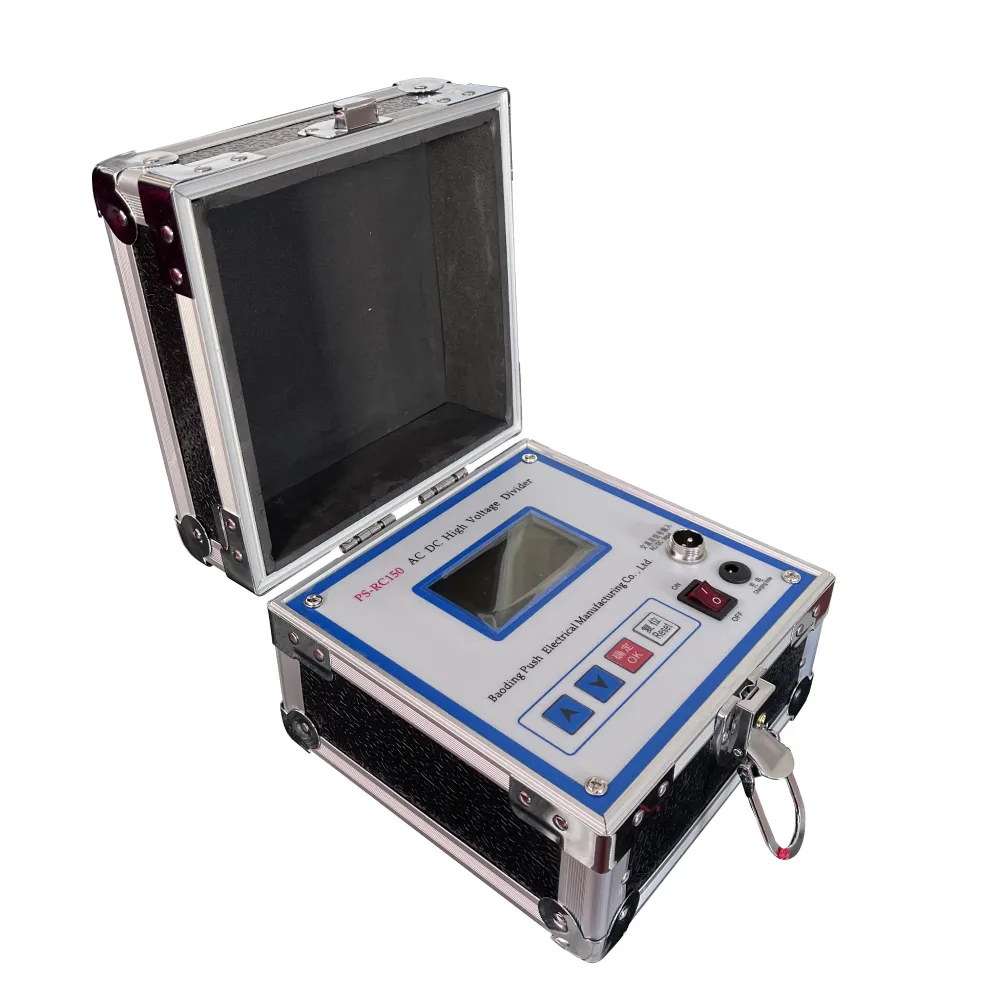 English
English



-
 Afrikaans
Afrikaans -
 Albanian
Albanian -
 Amharic
Amharic -
 Arabic
Arabic -
 Armenian
Armenian -
 Azerbaijani
Azerbaijani -
 Basque
Basque -
 Belarusian
Belarusian -
 Bengali
Bengali -
 Bosnian
Bosnian -
 Bulgarian
Bulgarian -
 Catalan
Catalan -
 Cebuano
Cebuano -
 China
China -
 China (Taiwan)
China (Taiwan) -
 Corsican
Corsican -
 Croatian
Croatian -
 Czech
Czech -
 Danish
Danish -
 Dutch
Dutch -
 English
English -
 Esperanto
Esperanto -
 Estonian
Estonian -
 Finnish
Finnish -
 French
French -
 Frisian
Frisian -
 Galician
Galician -
 Georgian
Georgian -
 German
German -
 Greek
Greek -
 Gujarati
Gujarati -
 Haitian Creole
Haitian Creole -
 hausa
hausa -
 hawaiian
hawaiian -
 Hebrew
Hebrew -
 Hindi
Hindi -
 Miao
Miao -
 Hungarian
Hungarian -
 Icelandic
Icelandic -
 igbo
igbo -
 Indonesian
Indonesian -
 irish
irish -
 Italian
Italian -
 Japanese
Japanese -
 Javanese
Javanese -
 Kannada
Kannada -
 kazakh
kazakh -
 Khmer
Khmer -
 Rwandese
Rwandese -
 Korean
Korean -
 Kurdish
Kurdish -
 Kyrgyz
Kyrgyz -
 Lao
Lao -
 Latin
Latin -
 Latvian
Latvian -
 Lithuanian
Lithuanian -
 Luxembourgish
Luxembourgish -
 Macedonian
Macedonian -
 Malgashi
Malgashi -
 Malay
Malay -
 Malayalam
Malayalam -
 Maltese
Maltese -
 Maori
Maori -
 Marathi
Marathi -
 Mongolian
Mongolian -
 Myanmar
Myanmar -
 Nepali
Nepali -
 Norwegian
Norwegian -
 Norwegian
Norwegian -
 Occitan
Occitan -
 Pashto
Pashto -
 Persian
Persian -
 Polish
Polish -
 Portuguese
Portuguese -
 Punjabi
Punjabi -
 Romanian
Romanian -
 Russian
Russian -
 Samoan
Samoan -
 Scottish Gaelic
Scottish Gaelic -
 Serbian
Serbian -
 Sesotho
Sesotho -
 Shona
Shona -
 Sindhi
Sindhi -
 Sinhala
Sinhala -
 Slovak
Slovak -
 Slovenian
Slovenian -
 Somali
Somali -
 Spanish
Spanish -
 Sundanese
Sundanese -
 Swahili
Swahili -
 Swedish
Swedish -
 Tagalog
Tagalog -
 Tajik
Tajik -
 Tamil
Tamil -
 Tatar
Tatar -
 Telugu
Telugu -
 Thai
Thai -
 Turkish
Turkish -
 Turkmen
Turkmen -
 Ukrainian
Ukrainian -
 Urdu
Urdu -
 Uighur
Uighur -
 Uzbek
Uzbek -
 Vietnamese
Vietnamese -
 Welsh
Welsh -
 Bantu
Bantu -
 Yiddish
Yiddish -
 Yoruba
Yoruba -
 Zulu
Zulu
tan delta testing of power transformer pdf
Understanding Tan Delta Testing of Power Transformers
Tan delta testing, also known as power factor testing, is a critical diagnostic technique used in the maintenance and assessment of power transformers. This method provides valuable insights into the insulation condition and overall health of transformer windings and components. By measuring the dielectric losses in the insulation system, engineers can predict potential failures and enhance the reliability of electrical power systems.
The tan delta method operates on the principle that the insulation material in transformers can exhibit varying levels of dielectric loss. When an alternating voltage is applied across the transformer’s insulation, it leads to the displacement of charges, resulting in energy dissipation. This energy loss is typically evaluated in terms of the tangent of the delta angle (tan δ), which is the ratio of the resistive current to the reactive current in the insulation. A higher tan delta value indicates increased energy losses, which may stem from moisture ingress, aging, or other detrimental factors.
Typically performed in the field or at a testing facility, tan delta testing involves several steps. First, the transformer is configured, and a high voltage is applied to the insulation system. Specialized equipment, such as a power factor test set, is used to measure the current flowing through the insulation. The results are then analyzed to determine the tan delta value, which is compared against industry standards and historical data.
tan delta testing of power transformer pdf

Regular tan delta testing can help in identifying insulation degradation before it leads to catastrophic failures. For instance, a sudden rise in the tan delta value may alert maintenance personnel to insulation issues, prompting further investigation or preventive measures. This proactive approach not only prolongs the life of the transformer but also enhances system reliability, ensures operational safety, and reduces maintenance costs.
Moreover, the relevance of tan delta testing transcends individual transformers. In the realm of power networks, the data obtained from multiple transformers can help in assessing the overall health of the grid. Patterns observed in tan delta values across transformers can indicate systemic issues within the electrical infrastructure, guiding strategic maintenance and investment decisions.
In conclusion, tan delta testing is an essential tool in the management of power transformers. By providing critical insights into insulation integrity, it aids in making informed decisions that enhance infrastructure reliability. As the electrical demands increase globally, maintaining the health of transformers through such diagnostic methods will be paramount to ensuring robust and efficient power delivery systems.
-
Exploring the Main Types of Industrial Endoscopes and Their Applications Across IndustriesNewsJul.04,2025
-
Testing Equipment Industry Sees Major Advancements in 2025: Smart & Precision Technologies Lead the WayNewsJun.06,2025
-
Applications of Direct Current Generators in Renewable Energy SystemsNewsJun.05,2025
-
Hipot Tester Calibration and Accuracy GuidelinesNewsJun.05,2025
-
Digital Circuit Breaker Analyzer Features and BenefitsNewsJun.05,2025
-
Benefits of Real-Time Power Quality Monitoring Devices for Industrial EfficiencyNewsJun.05,2025



